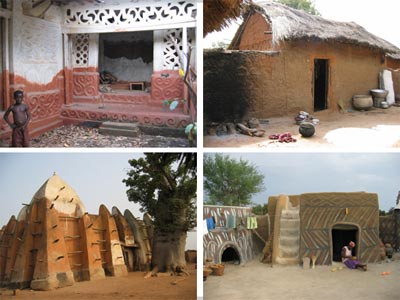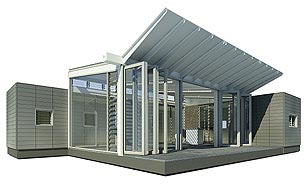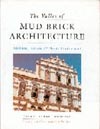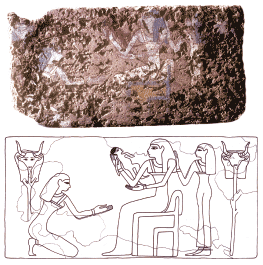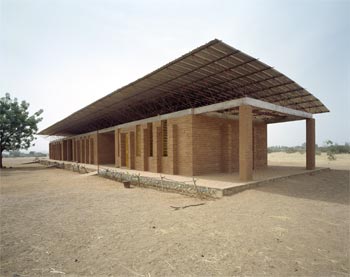
Diébédo Francis Kéré, an architecture student in Berlin, took upon himself the cause of ensuring that his village would not be deprived of a school, and with a group of friends in Germany, Kéré set up a fund-raising association, Schulbausteine fur Gando (Bricks for the Gando School). The idea met with a positive response and, having secured finance through the association, Kéré also obtained the support of LOCOMAT (a government agency in Burkina Faso) to train brickmakers in the technique of working with compressed stabilized earth. The project is a recipient of the Aga Khan Award for Architecture, Ninth Award Cycle, 2002 – 2004.


